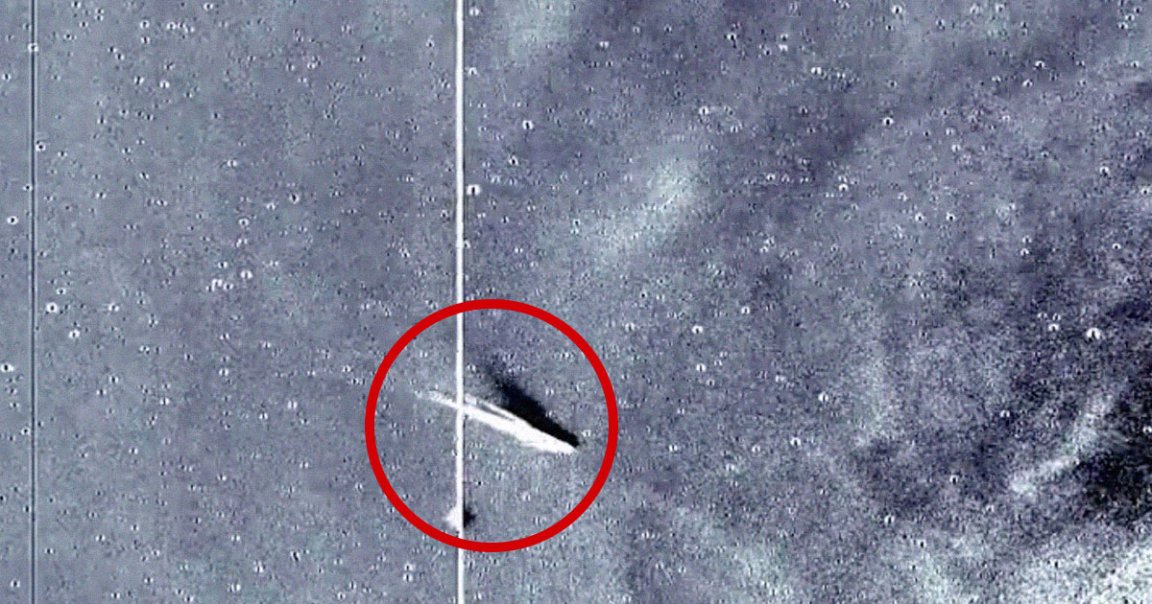
Sun Burp
NASA’s Solar Terrestrial Relations Observatory (STEREO-A) spacecraft has caught a glimpse of a green comet dubbed Nishimura being slingshotted past the Sun, where it gets buffeted by a coronal mass ejection (CME) so powerful that it briefly blew off the comet’s tail.
The encounter was caught in a series of images, stitched together into a fascinating video, showing the comet with its characteristic tale being whipped around by the turbulence.
“Comet Nishimura is looking spectacular!” Karl Battams of the Naval Research Laboratory, who created the movie, told SpaceWeather.com. “There are lots of beautiful interactions between the comet tail and the solar wind, along with a possible glancing blow from a CME.”
Comet Usage
Green comets likely get their characteristic color due to sunlight interacting with compounds in their tail or coma, mainly diatomic carbon and cyanogen.
The comet was first spotted last month as it screamed toward the Sun. It was named after amateur Japanese astronomer Hideo Nishimura, who made the discovery.
As Live Science reports, scientists believe Comet Nishimura originated from the Oort Cloud, a massive region surrounding the solar system that is believed to be teeming with icy objects past Neptune’s orbit.
Earlier this month, the comet made its closest pass of the Earth, coming within just 78 million miles and becoming visible near the horizon around sunrise and sunset.
On September 17, the comet had a close encounter with the Sun, an event that would’ve usually obliterated other comets like it. Yet Nishimura persevered, continuing its journey away from the Sun.
Major Tail
That’s when NASA’s spacecraft caught a glimpse, tracking its voyage as it was escaping the Sun’s grasp. But before it could get away, a massive burst of solar wind, or coronal mass ejection, caused the comet to temporarily lose its tail.
Unfortunately, it’s unlikely to come by for a visit any time soon — at least not for a few hundred years.
“It seems there’s a decent chance that folks a few centuries from now will get to enjoy it again next time it swings through the neighborhood,” Battams told Live Science.
More on comets: If You Go Outside, You May Be Able to See an Awesome Green Comet